
Windows XP, formerly known by its codename Whistler, was released in 2001. It combines the ease-of-use, multimedia, and gaming features that were brought to life in Windows 9x with the stability, 32-bit performance, and security of NT.
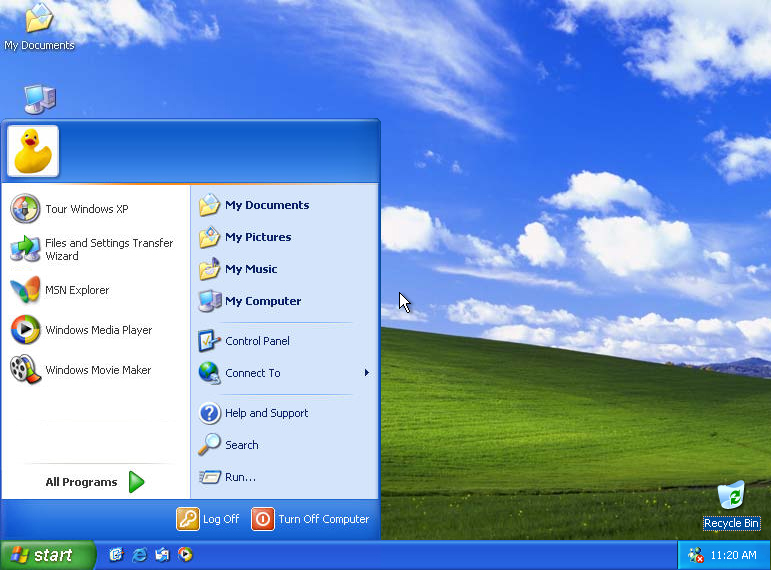
Both 2000 and XP are based on Windows NT but offer 9x usability features.
The Windows XP Home Edition is designed to bring dependability and simplicity to personal computers. It includes a cleaner, more intuitive visual design and advanced digital media features that make working with digital photographs or playing digital music simple.
Windows XP Professional is designed for businesses of all sizes and for home users who demand the most from their computing experience. Microsoft developed it to further improve on Windows 2000's reliability and performance. In addition to the Home Edition's features, it adds more advanced security and privacy benefits, advanced recovery options, and greater ability to connect to large networks.
XP Media, Tablet PC, and Server Editions
Windows XP has been customized for a variety of uses. The Media Center edition, for example, improves digital media performance. The Tablet PC edition is designed for notebook PCs—thin digitizing-tablet PCs that allows users to write directly on the screen and emulate mouse movements with a stylus (a pen).
Windows Vista
Microsoft’s next operating system to replace the Windows XP line is named “Windows Vista.” Vista is sold in Home Basic, Home Premium, Business, Ultimate, and Enterprise versions. The kernel is based on Windows 2003 Server.
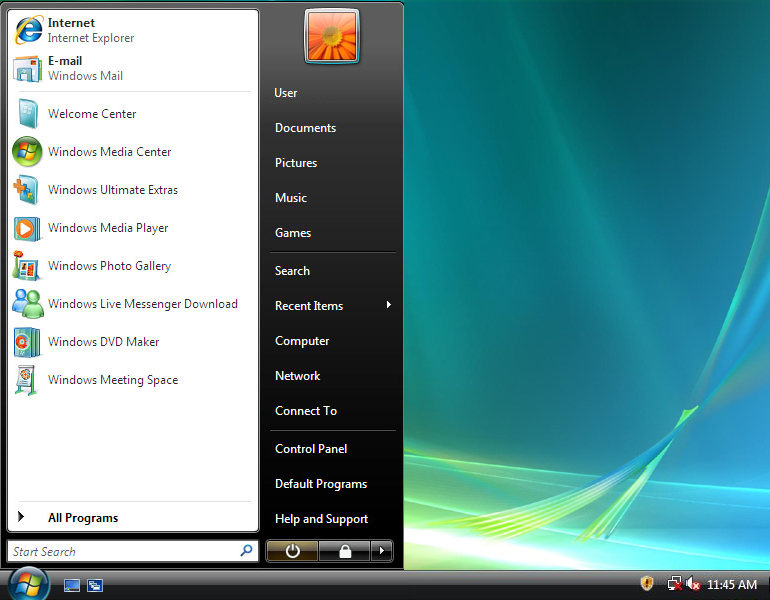
Released in the fall of 2006 as a 32 and 64-bit operating system, some of the biggest features of this operating system include:
- Boot time, resume, hibernation and standby times will all be greatly deceased.
- A desktop view named Windows Aero which contains Windows Flip 3D, Glass translucency effects, thumbnails, and animation.
- An improved integrated firewall, hard drive encryption, increased security with User Account Control, and Windows Defender which protects from malware and spyware.
- Improved Windows Media Player with version 11, Windows Photo Gallery, DVD Maker, all media functions from Windows XP Media Center edition, and speech recognition to improve the multimedia aspects of the operating system.
Windows 7
In response to a large number of criticisms about Vista, Windows 7 offers many of the same features in a less cumbersome way--easier installation, fewer windows to juggle, fewer compatibility issues, and a simpler interface to navigate. Windows 7 requires less memory than its predecessor and has reworked its GUI scheduling to create fewer conflicts and improve its speed and stability.
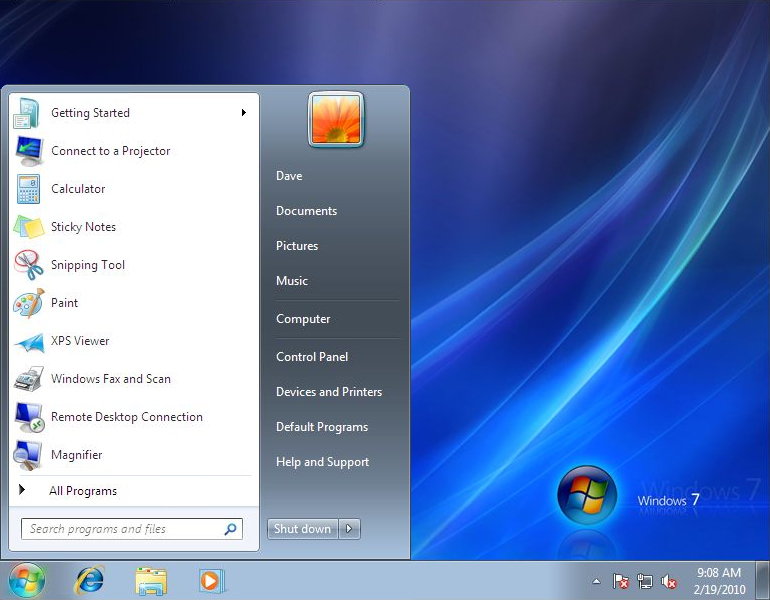
The most obvious visible different appearing feature is the Windows 7 taskbar; it replaces small icons with text labels with larger unlabeled icons to reduce clutter (a feature that you can customize as desired).
Windows 7 comes in three versions:
- Home Premium - suitable for most home users, it also allows easy home network setup
- Professional - designed for both home and business users, it has all the features of Premium as well as allows Windows XP Mode and more secure company network connections via Domain Join
- Ultimate - most powerful edition, it can run all the features of Professional with added security and data protection
Released in 2009 as a 32 and 64-bit operating system, some of the main features of Windows 7 include:
- HomeGroup--connects two or more Windows 7 PCs to share resources
- Windows 7 Taskbar--customizable icons can be arranged for accessing favorite programs more quickly
- Simplified navigation with features like Snap (quick way to resize open windows by dragging) and Shake (mouse movement quickly allows you to view a single window)
- Improved performance in a variety of ways: more effecient wireless connection, faster search functions, improved "sleep" mode, more efficient USB device utility, etc.
Macintosh Operating System
In 1997, Apple Computer gave its System 7 operating system a new name, Mac OS. Apple has held on to a piece of the operating system market despite Microsoft's dominance.
Mac OS's easy-to-use GUI interface and standard Plug and Play hardware configuration have made it very popular among legions of dedicated users. The Mac OS has proven to be a great tool for graphics development and multimedia applications, however, it suffers from a lack of compatibility with PC-based software applications.
Introduced in the year 2000, Mac OS X, builds its user-friendly graphical interface on a more robust and stable UNIX-based foundation. Apple has continuously created updated versions that improve the functionality, security, and look of the operating system. OS X versions include 10.0 (Cheetah), 10.1 (Puma), 10.2 (Jaguar), 10.3 (Panther), 10.4 (Tiger), 10.5 (Leopard), and 10.6 (Snow Leopard).
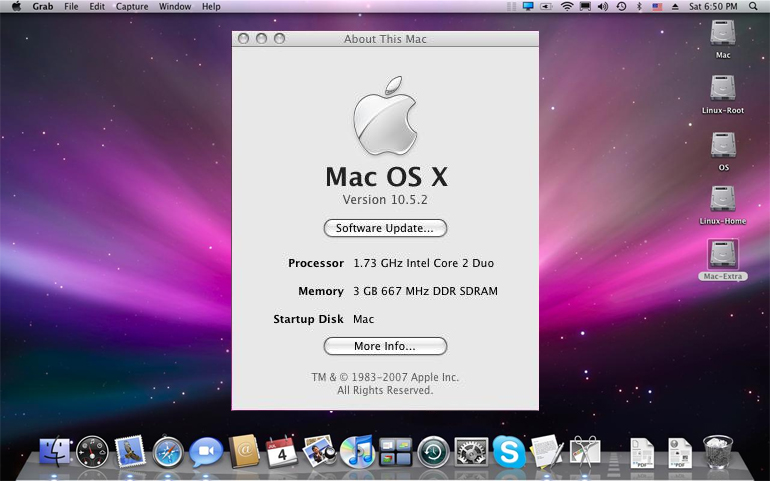
On January of 2006 Apple released the first two Mac computers to use an Intel processor, the MacBook Pro and the iMac desktop This doesn’t mean that you’ll be able to “build” your own Macintosh out of spare parts, however. Apple will use a unique form of hardware protection and continue to sell proprietary Macintosh systems.
The biggest difference this will make is to help Macintosh increase its relatively small software applications library. Since they are now going to be using one of the world’s most popular microprocessors and a UNIX based operating system, the applications for these systems should skyrocket in comparison to the days of using the PowerPC chip and the proprietary “Macintosh System” operating systems.
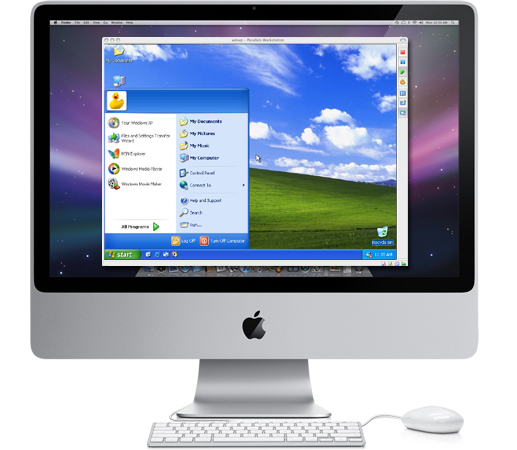
This was taken a step further by allowing all types of applications to work on a Macintosh computer through an Apple software program known as Boot Camp. Boot Camp enables Intel based Macs to run both Windows and Mac OS X operating systems on the same Macintosh computer, although not at the same time, by creating a dual boot environment. Two other software programs that enable Windows based software to run on a Mac are hardware emulation virtualization programs: Crossover Mac and Parallels Desktop for Mac. Both programs will only run on Intel based Macintosh computers.
Other Important Operating Systems
OS/2
IBM's DOS upgrade led to the emergence of the OS/2 family. OS/2 was one of the most powerful operating systems available when it was initially released, but lack of support has forced it out of the mainstream market.
- The first OS/2 incarnation was designed to accommodate the 286-processor.
- OS/2 version 2 needed at least a 386 processor and offered a 32-bit code.
- OS/2 version 3, called OS/2 Warp, featured 32-bit code, a graphical interface, and preemptive multitasking. OS/2 Warp was also designed to take advantage of the 486 processor. OS/2's development has paralleled its Windows counterpart, and it has a share of loyal users.
UNIX
For users whose power needs are huge and complex, the UNIX operating system offers major complexity, stability, and power. UNIX, for example, forms the operating base for the Internet.
Despite its cryptic text-based interface, UNIX still maintains a loyal following because it rarely crashes. UNIX system administrators speak sometimes of UNIX-based computers that run for years without needing a reboot. Newer innovations for UNIX, like a graphical interface, have made it even more popular among personal computing purists.
LINUX
Derived from the UNIX shell, Linux is a free open source operating system designed in 1991 by a Finnish graduate student named Linus Torvalds. Linux's growing popularity is no doubt due to its reputable UNIX lineage and unbeatable price. Linux suffers from the same barrier that prevents UNIX from being accepted as a consumer operating system: its cryptic command line interface. Fortunately, Linux has a large community of hardcore users, who are constantly improving the operating system. These improvements include a graphical interface and greater networking capabilities.
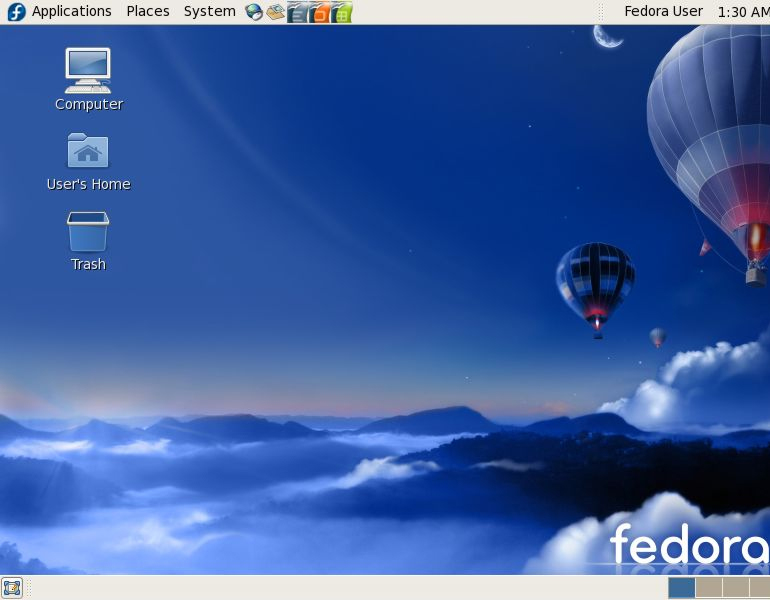
A plethora of Linux help books and instructional courses, including the Aries Linux Essentials course, can make Linux as easy to use and as functional as Windows and Mac operating systems. Although the basic Linux OS can be downloaded for free from the Internet, Linux has been greatly improved and can be obtained from companies such as Fedora, Debian, Red Hat, Caldera, Slackware, and S.U.S.E. Another benefit of purchasing an improved Linux product is the availability of technical support.
Linux operating systems continue to gain in popularity and challenge the computing industry's dependence on Microsoft's line of network operating systems.
